Welcome to the start of a new series on the southeast coastal city of Quanzhou. This trip came about in November 2024 because my wife and I found ourselves home alone when both our boys had weeklong school trips. Not wanting to be left out, we wanted our own fieldtrip. But where to go? Funny thing is, we are always stumped with no ideas, until some serendipitous coincidence, and then it seems obvious! I owe the Quanzhou idea to Yuri Minamide and her New East pub (Yuri, I’m so sorry I cannot find the article or author who mentioned Quanzhou!).
Quanzhou was once the maritime commerce hub of China, as Hong Kong or Shanghai are today. The mix of cultures, languages, and products mixing here left a lasting impression on the streets, architecture, and culture. Quanzhou continues to drive commerce due to proximity to Taiwan, fishing, and strong manufacturing in industries like sporting goods and clothing.
High speed trains (250km plus) get us from Shenzhen to Quanzhou in four hours. I will take six hours on a train over an hour in the air any day. Our first destination was XiJie, or West Street, the most well know “ancient street”. I like these beginnings, you can soak up the culture and get a feel for the citizens way of life.
This banner proclaiming Quanzhou as the “Emporium of the World in Song Yuan China” was our first welcome to XiJie. This artistic combination of the Quanzhou characters “泉州” incorporating all the sights, experiences, and delicacies is effective and used everywhere. The image on the right is a two meter billboard showing each attraction.
We always planned to make this a first visit, to be followed up with a full family trip in 2025. There are so many places we didn’t see this time. Among them, the Confucian Temple is the largest in the southeast and a UNESCO Heritage Site. The Qingjing Mosque, built in 1009, is the oldest Islamic Temple in China. The Shunji Bridge, 450 meters long, built in 1211 and operated for 800 years. And the museums! We didn’t go to one museum. There is that much to experience here.
But first, lunch. Neither armies nor I travel on an empty stomach. This small restaurant open since 1952 with the wood tables and bench seating serves Mianxianhu, 面线糊. Very thin noodles less than an inch long, made from sweet potatoes, are cooked in a soup that is usually a breakfast dish. You can add all sorts of ingredients from a buffet in front of the open kitchen. Seafood, shellfish, eggs, peanuts, vegetables, and fried breadsticks. It is hot, savory, and filling; more like a porridge than traditional noodles.
Walking the street you do not doubt this is where monks filed and prayed, carriages rocked, beggars begged, and peasants bartered a thousand years ago. Any changes felt organic, driven by community and economy. Some preserved villages, like OCT’s Gankeng in Shenzhen, are a bit more contrived and commercial. Others like Nantou, also in Shenzhen, are spruced up influencer and art installation labyrinths.
But I’m hungry again. Time for a local treat called (Yutubing), a soft purple taro mix sandwiched between thin cookies, then deep fried. Get them fresh, the cookie will be crunchy. A light sweet and salty taste will make you want to eat two or five, but Yutubing are not a healthy addition to any diet.
The history of a place will reveal it’s purpose. People don’t collect in a place by accident or without reason, and XiJie’s reasons begin to peak above the tiled roofs as one walks. The grounds of Kaiyuan Temple, the largest Buddhist monastery in Fujian Province, open directly onto XiJie, which runs parallel. The hundreds — thousands? — of monks and staff plus the constant flow of guests and visitors fuelled the businesses that make up XiJie then and now.
The best place to view XiJie and the twin stone pagodas of Kaiyuan is to head to the third floor landing of the Service Center, a kind of visitor information office. Both of the stone pagodas that guard and flank Kaiyuan stand like immoveable sentries. You can catch both with the right angle. More on this pair later.
The second time we passed through XiJie on another day a public safety kind of event was going on. There were fire trucks and police vehicles around for the kids to see. I guess a lot of schools have field trips this week! The kids were so cute hearing them call out who to call if in trouble (119).
There was also this shocking event happening Thursday morning, but nobody seemed to mind! These three ladies are burning paper money as an offering to support ancestors in the afterlife. This is a very old tradition, and of course I’m familiar with and have seen it performed many times before, but so large a blaze in public with no safety measures at all? First time for me.
They had garbage bags full of yellow paper and a great uncontained blaze going! This was happening in front, but on the outside of the Kaiyuan Temple. So this is a public street. The little kids above were 100 meters away. Ash and smoke was going everywhere….
This made us laugh. Everyone has some idea why Russia and China are building closer economic ties lately. About two years ago, we started seeing Russian brands being promoted by name in online stores and in some supermarkets. Never a lot of products, just here and there, and nothing we felt like buying. Not a big push, but one notices. Here is the first offline all-Russian shop we’ve come across. Like a Russian Duty Free, mostly all chocolates and sweet, and of course, alcohol. Lots and lots of alcohol. The prices weren’t all that good. I bet the wholesalers are keeping all the profits.
[Author’s Note: In the time since this trip we have seen more of these “Russia stores” opening. On closer inspection, very little is authentically Russian. Most products are made in China and deceptively (or fraudulently?) packaged. No thank you.]
We didn’t buy anything from this shop. But others shops we did like…
XiJie is good base to work from. There are sights all around within easy walking distance. We returned three times, including the final morning before our train to rack up the shopping achievements. The gift shop on one end is loaded with postcards, stationary, notebooks, stamps, stickers, fridge magnets, and these cute little guys.
These are ShiGandeng, a type of gargoyle that brings good fortune. You can get one or a pair for all sorts of purposes: success in business, pass your exams, get rich… you know, practical stuff! Naturally, you must get one with your animal. I’m a tiger.
ShiGandeng, as the story goes, was a mythical hero from Shandong who was a master of banishing demons. As demand for his services grew, he arranged for his name to be carved into stones that would work to ward away these evil spirits. These stones, often carved with the look of lions, were placed at cleverly hidden spots around dwellings according to feng shui. The positioning of these markers can be quite interesting and appear random without knowing the rules. Many still exist throughout Quanzhou, the features now worn away, giving a ghostly and old feeling.
We brought this cute pair of red Gandeng home with us. The one with the open smile pulls the money in, and the one with the closed mouth holds it.
XiJie is one of the most laid back, authentic, and unpretentious ancient streets I’ve had the pleasure to visit. Quanzhou is a lively and densely historical city. We had a great four days here.
[Author’s Note: Thank you for taking the time to visit. All pictures were taken by the author or family member, unless otherwise noted.]






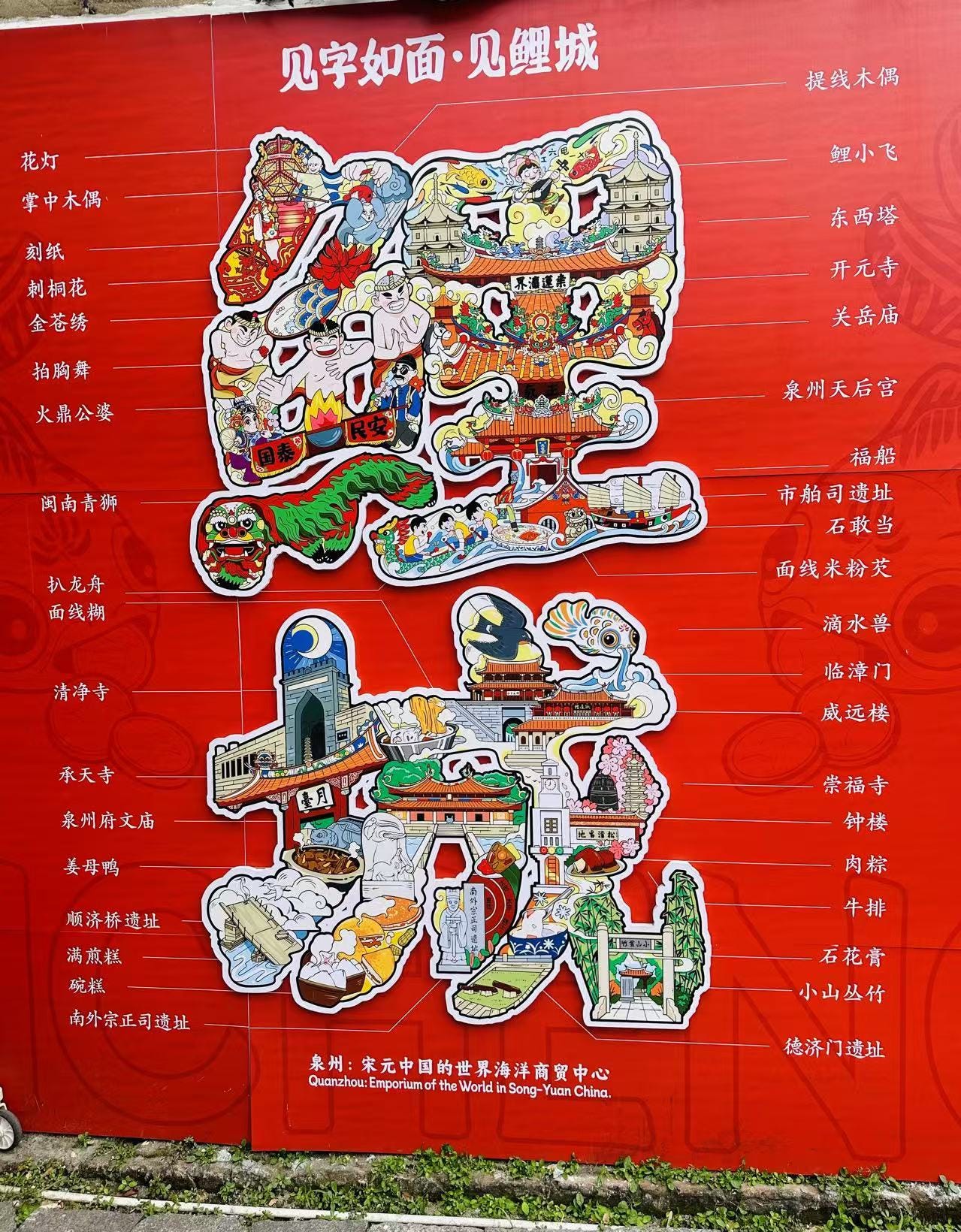

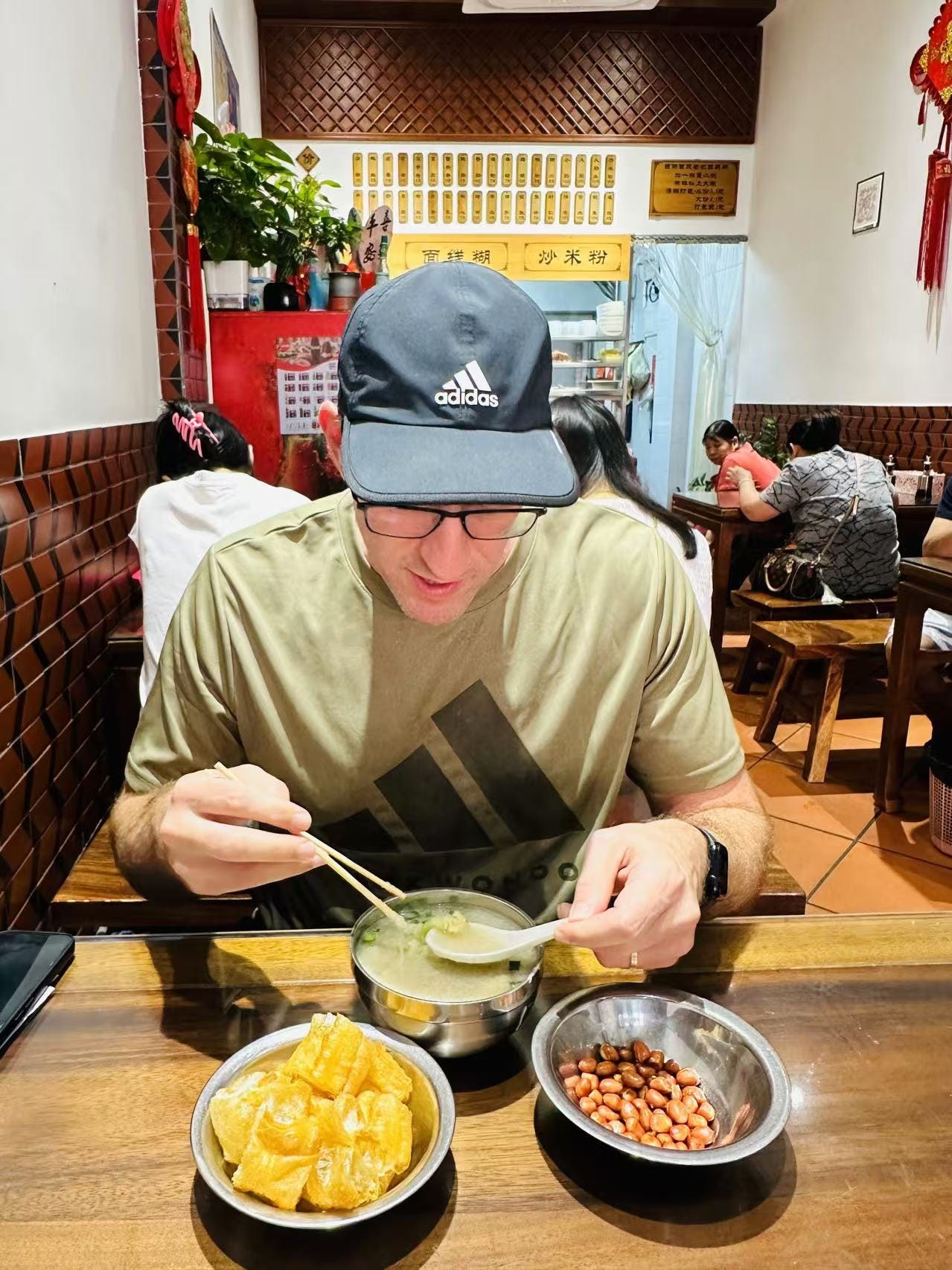




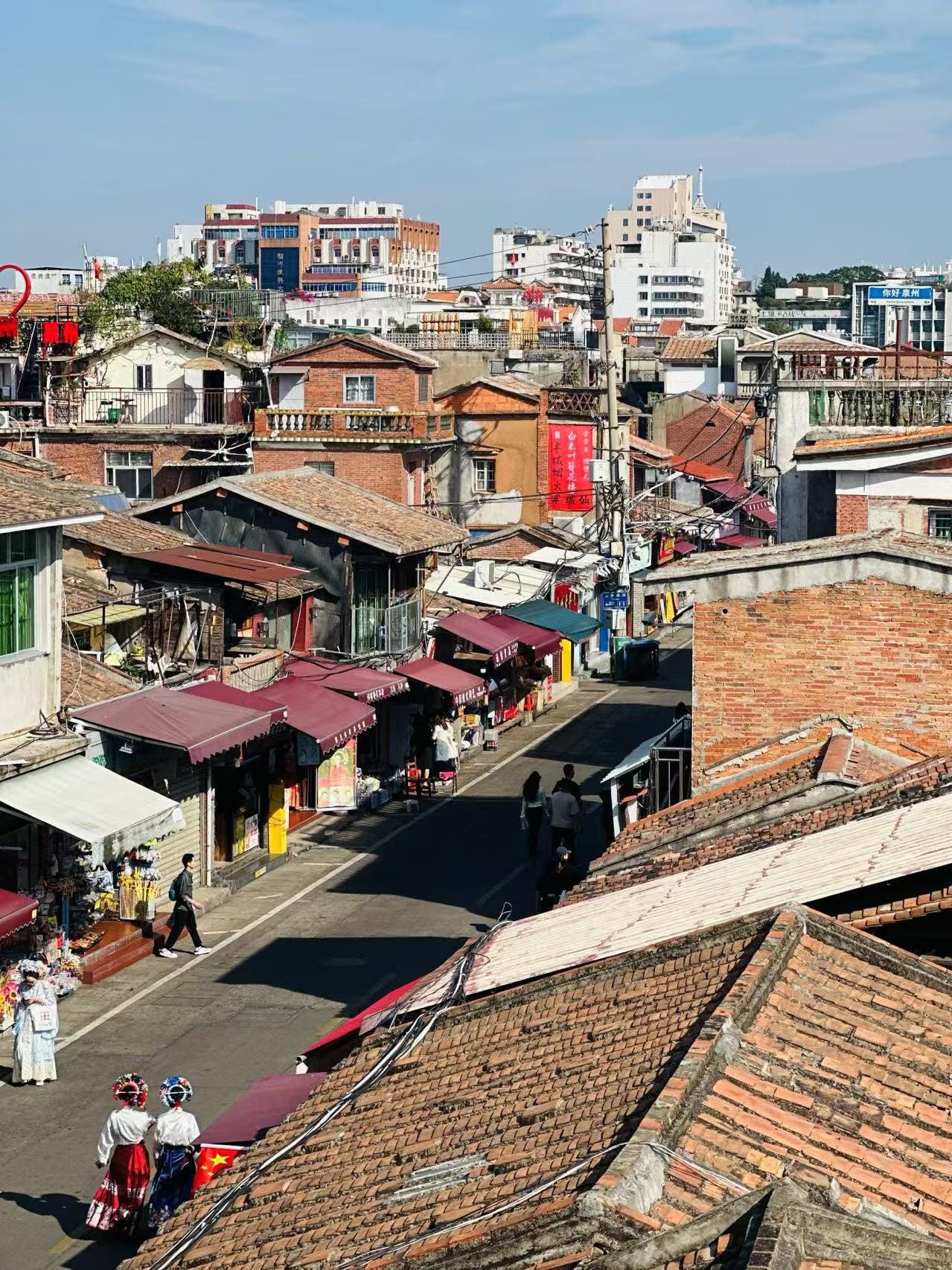
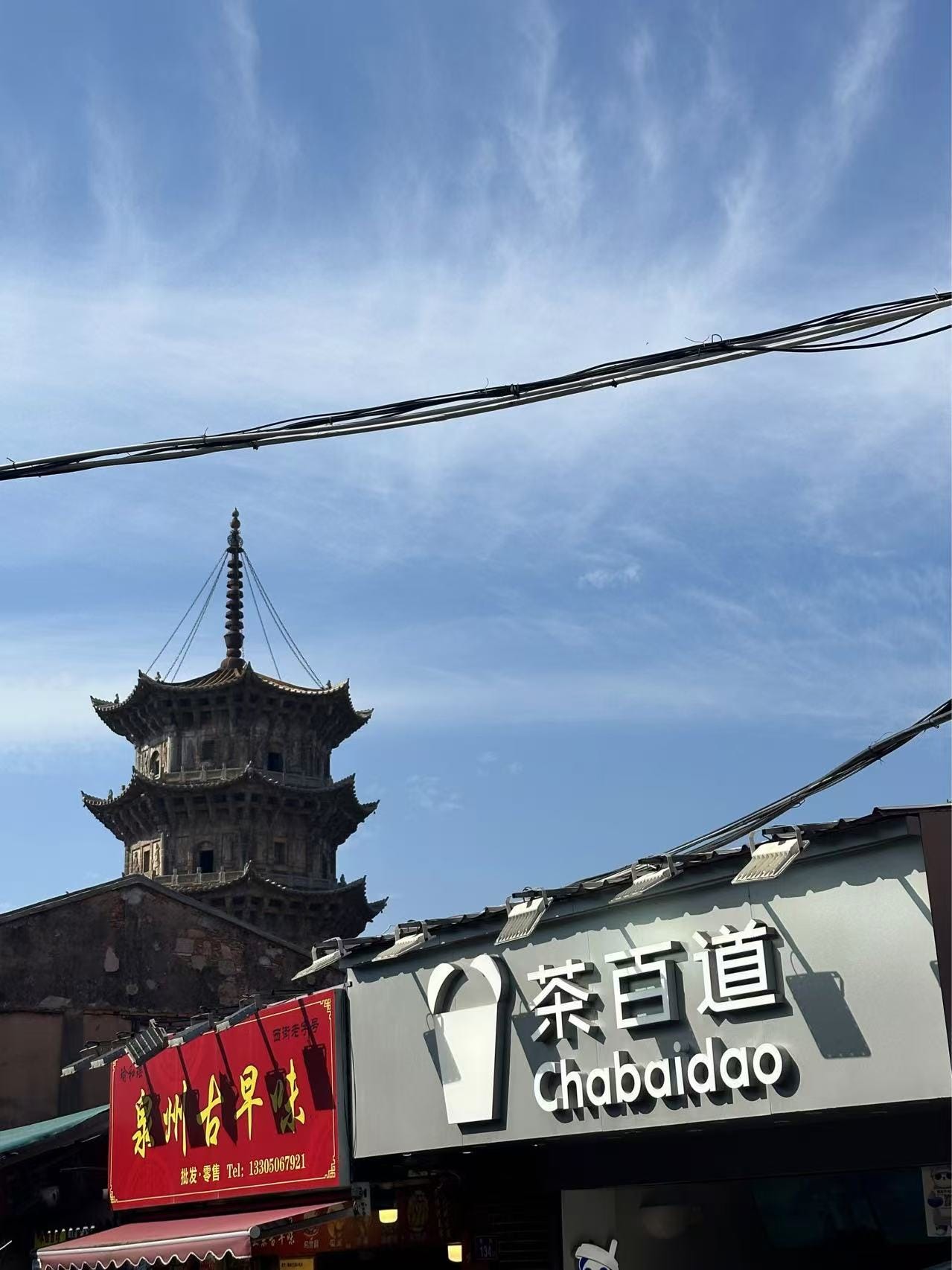


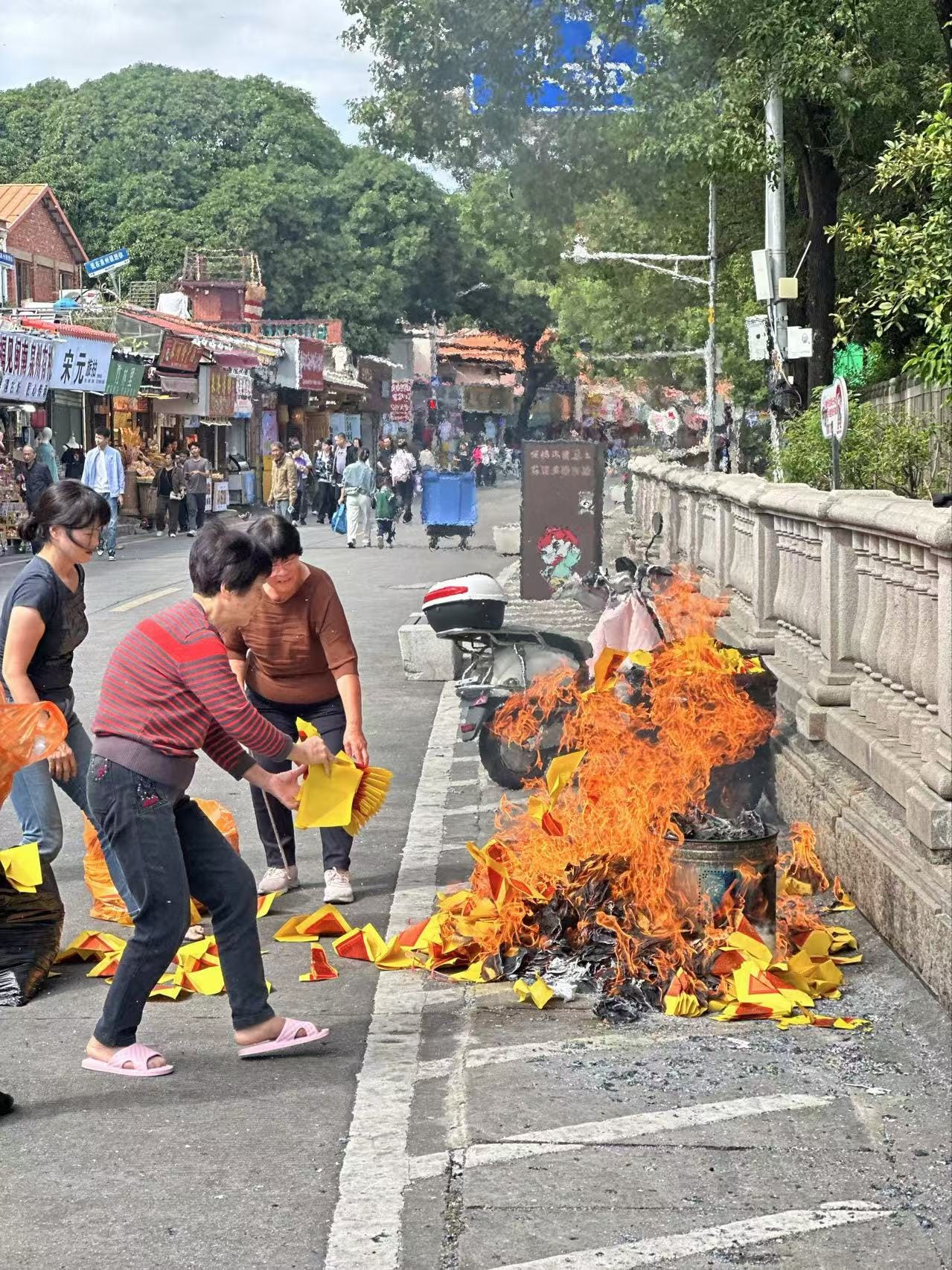

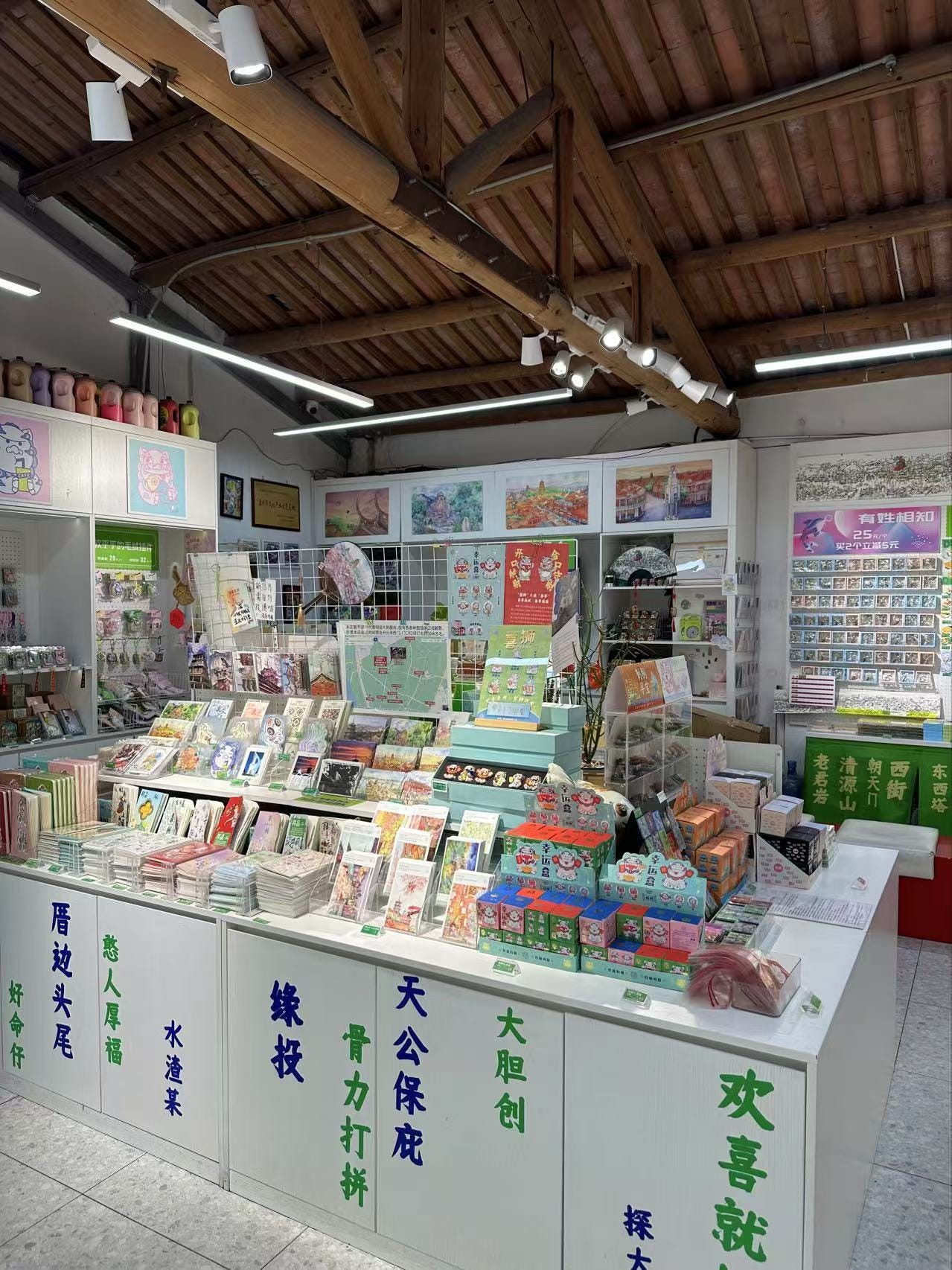
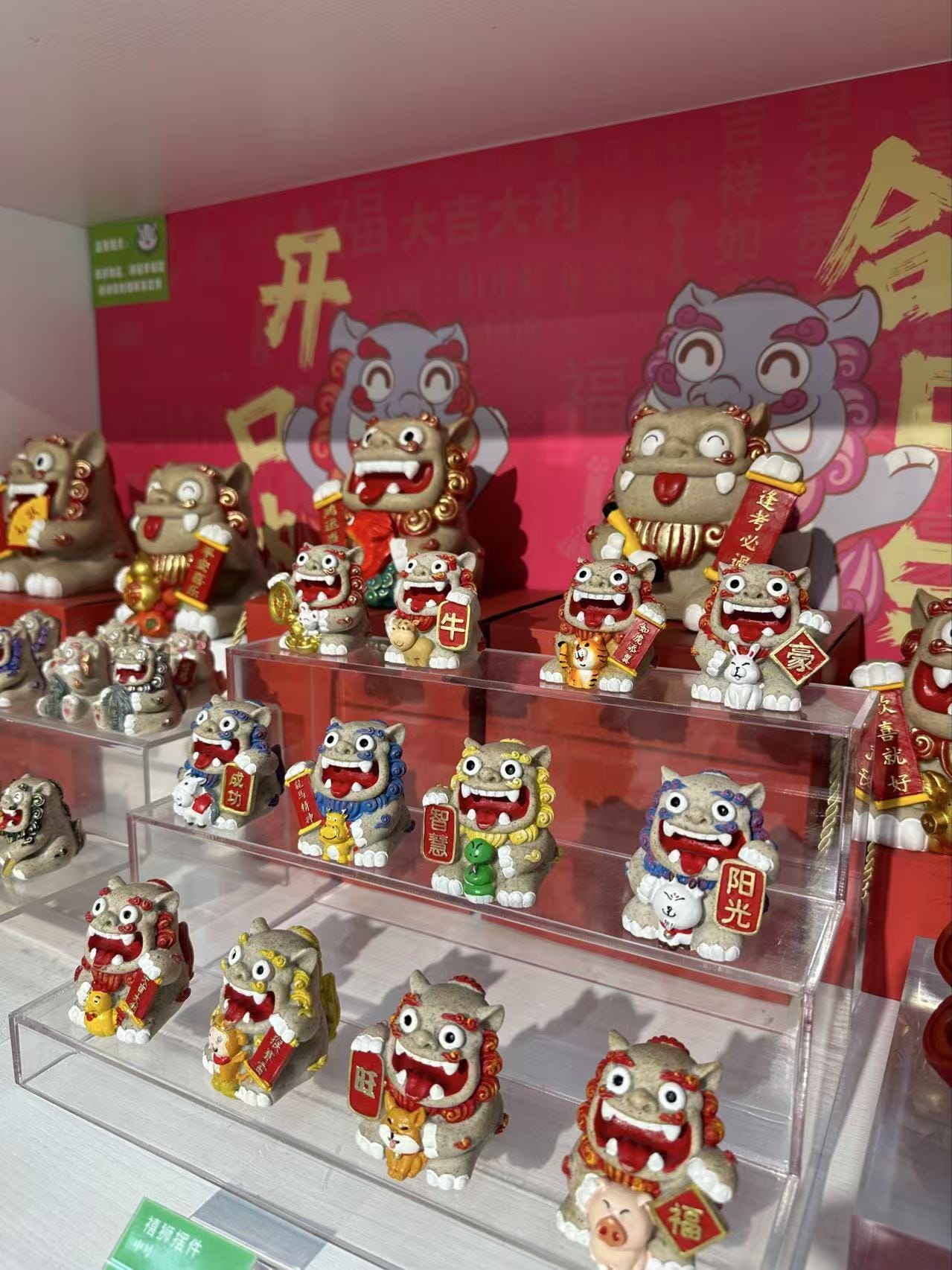

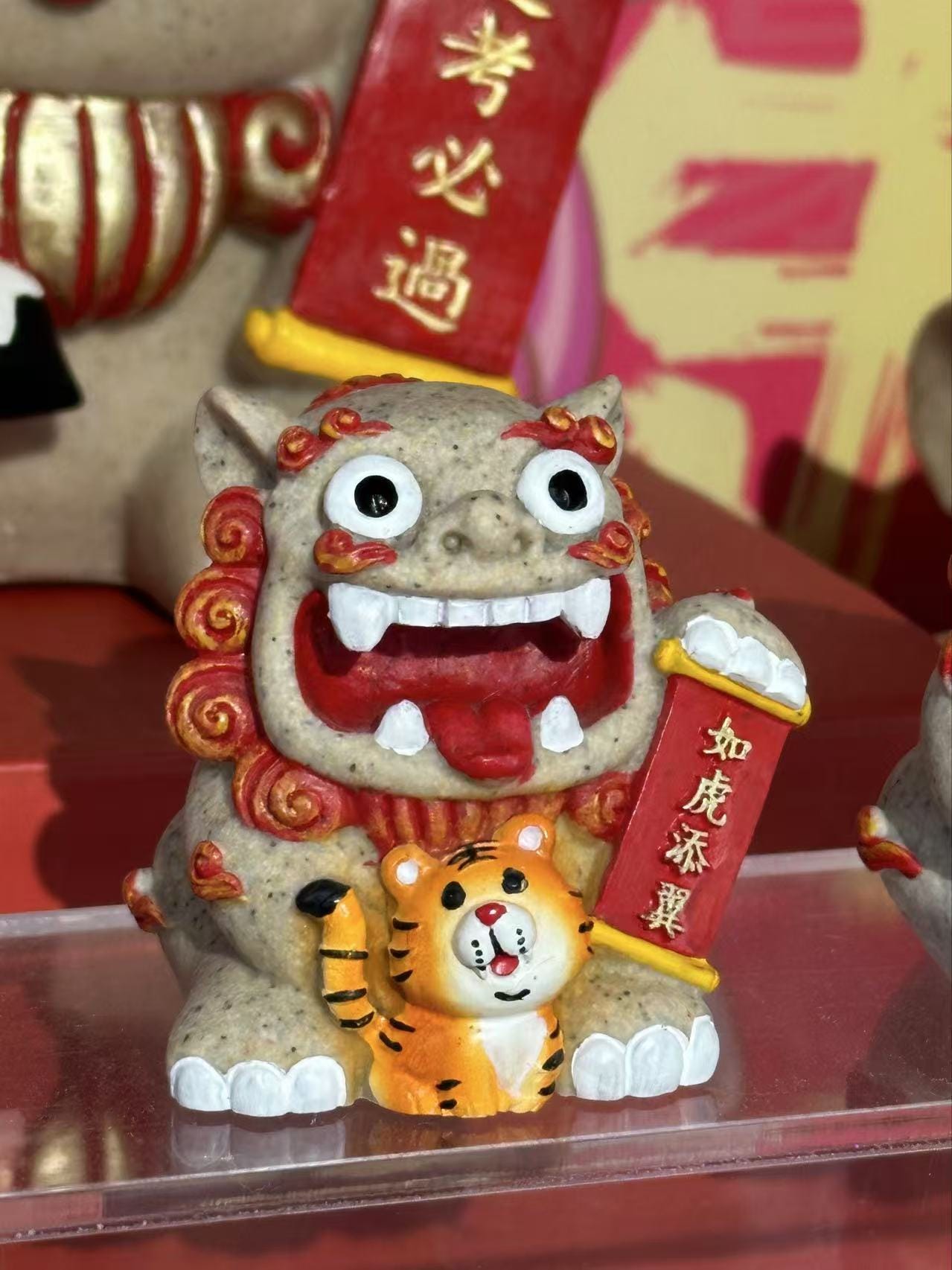
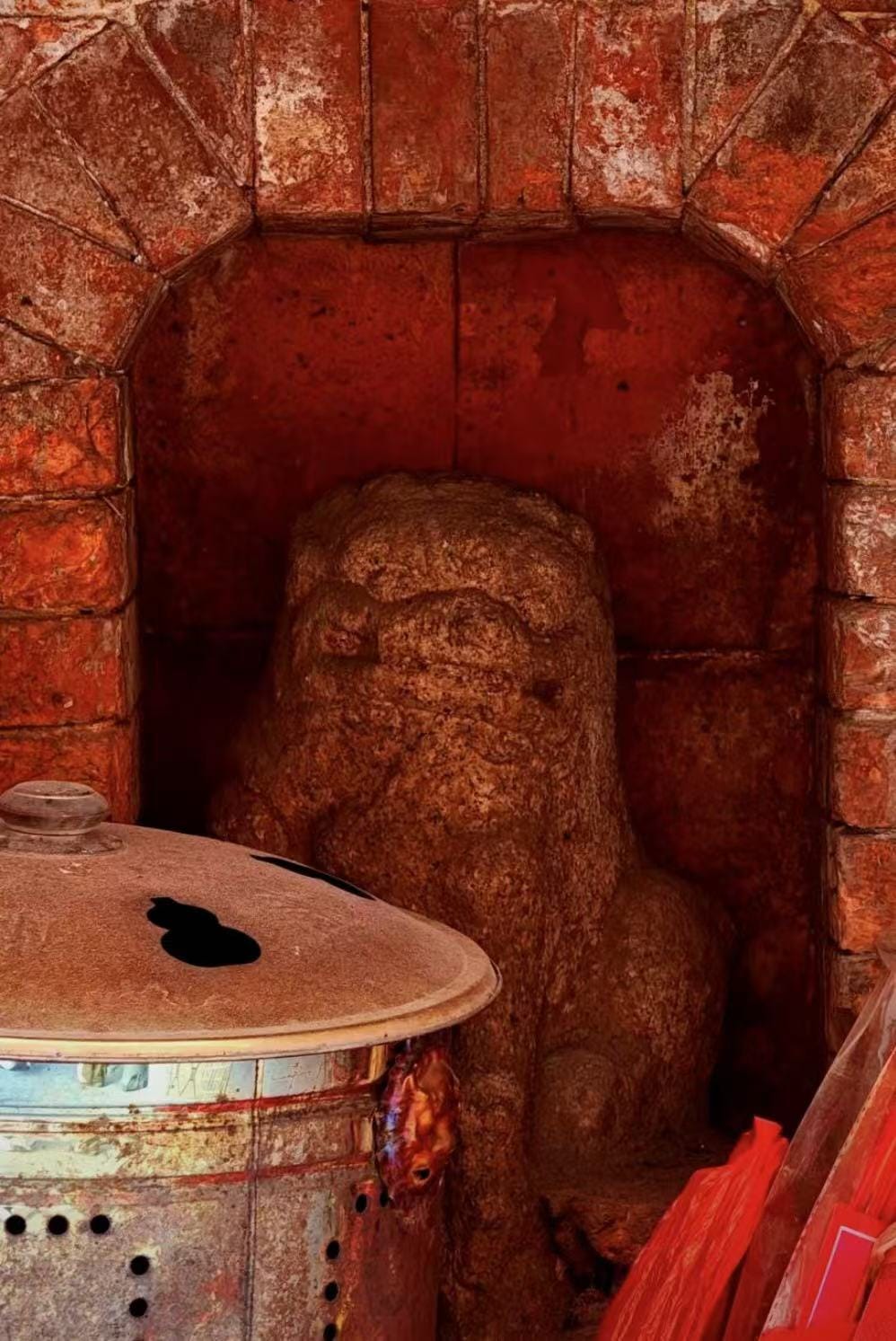
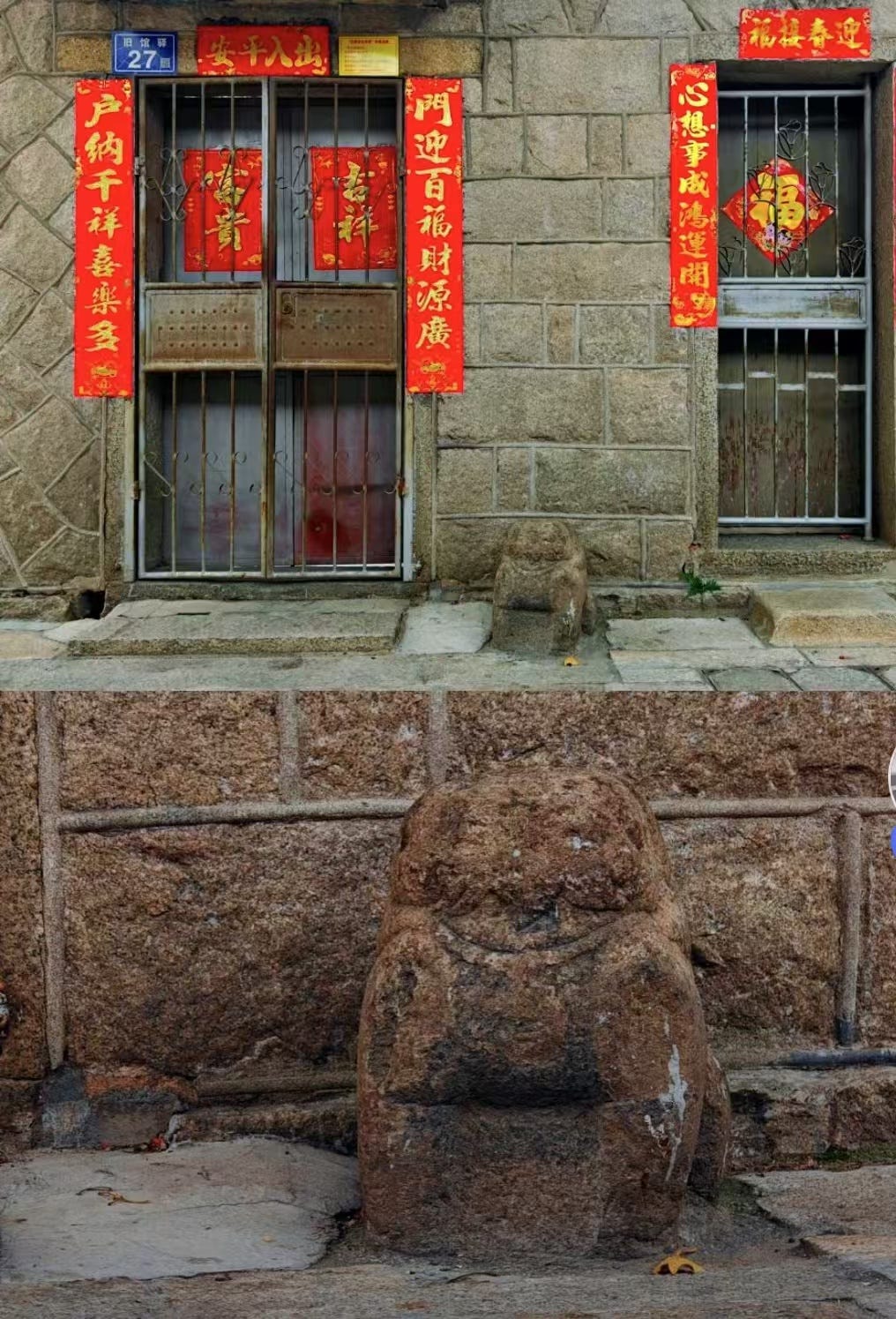
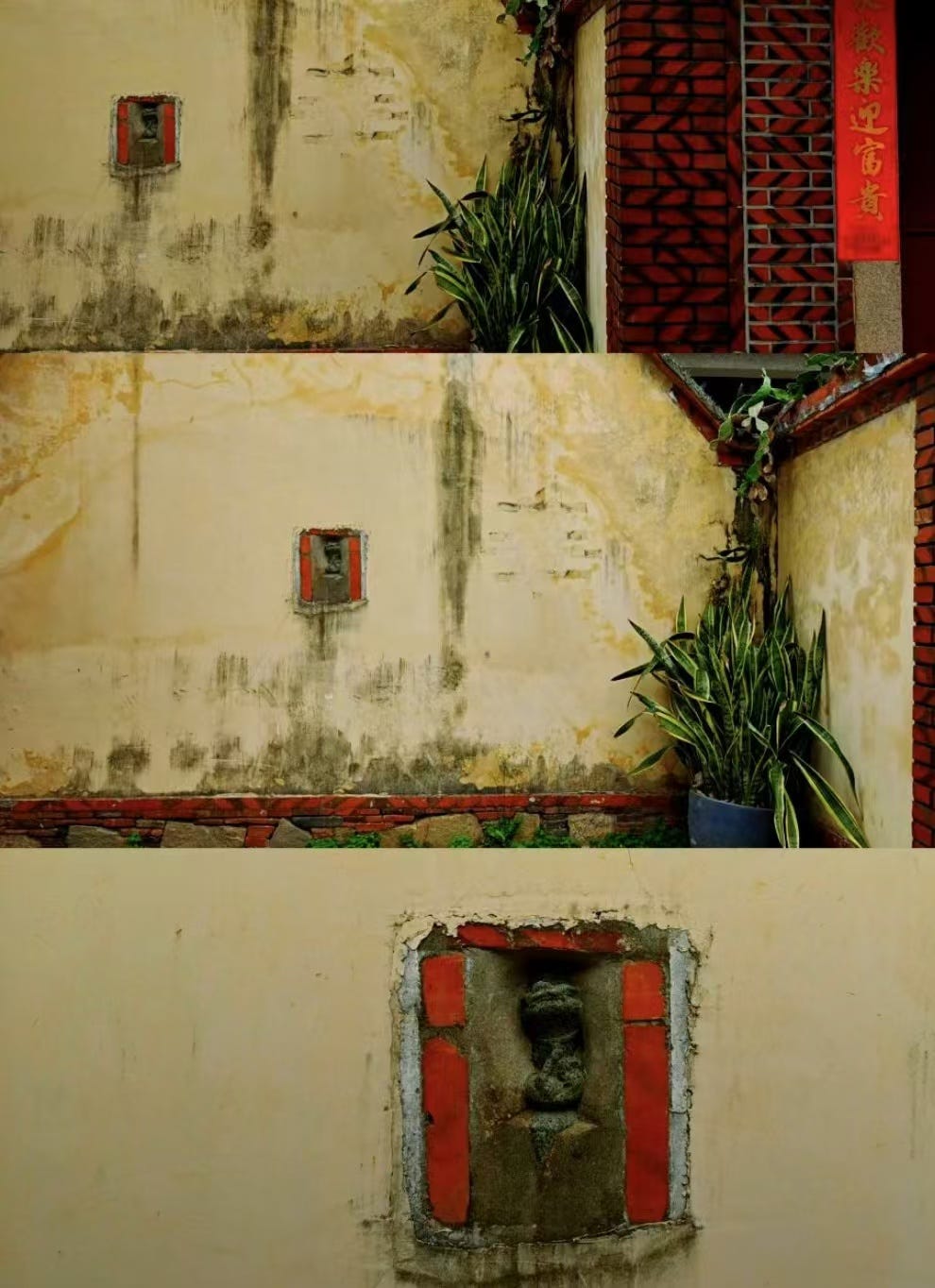
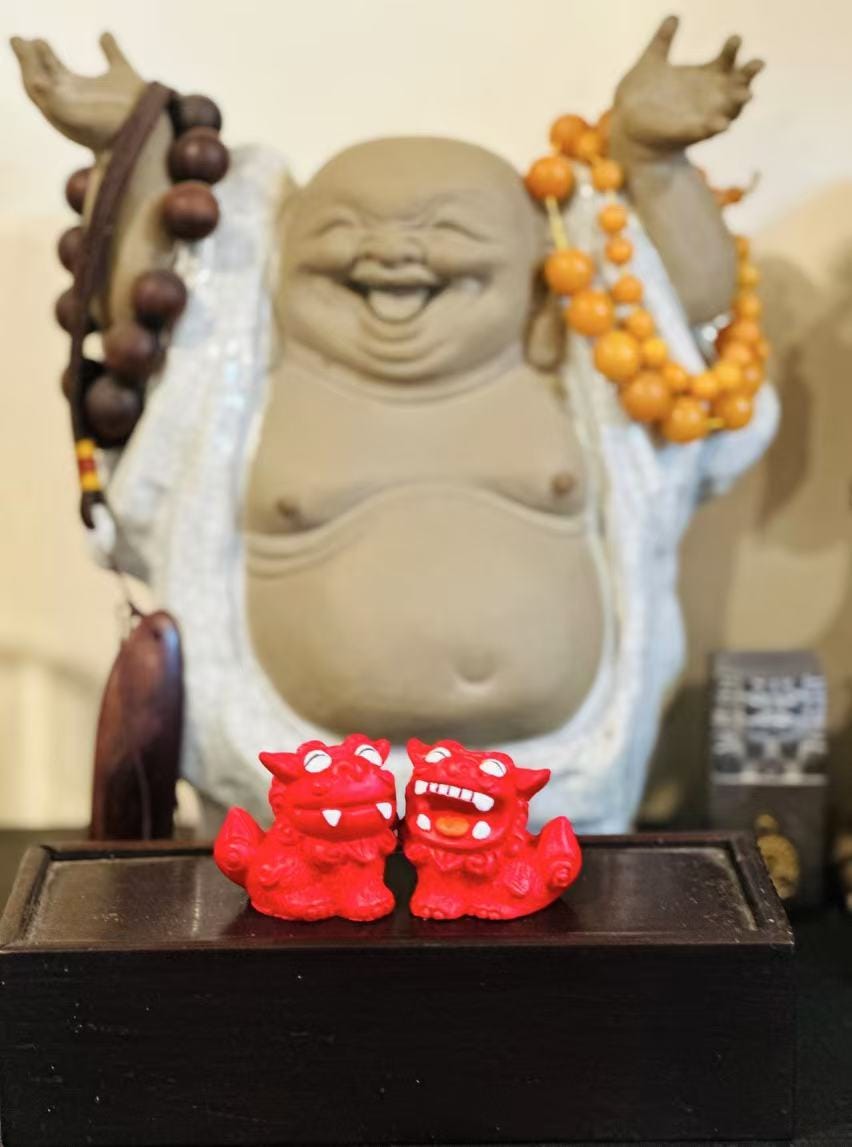
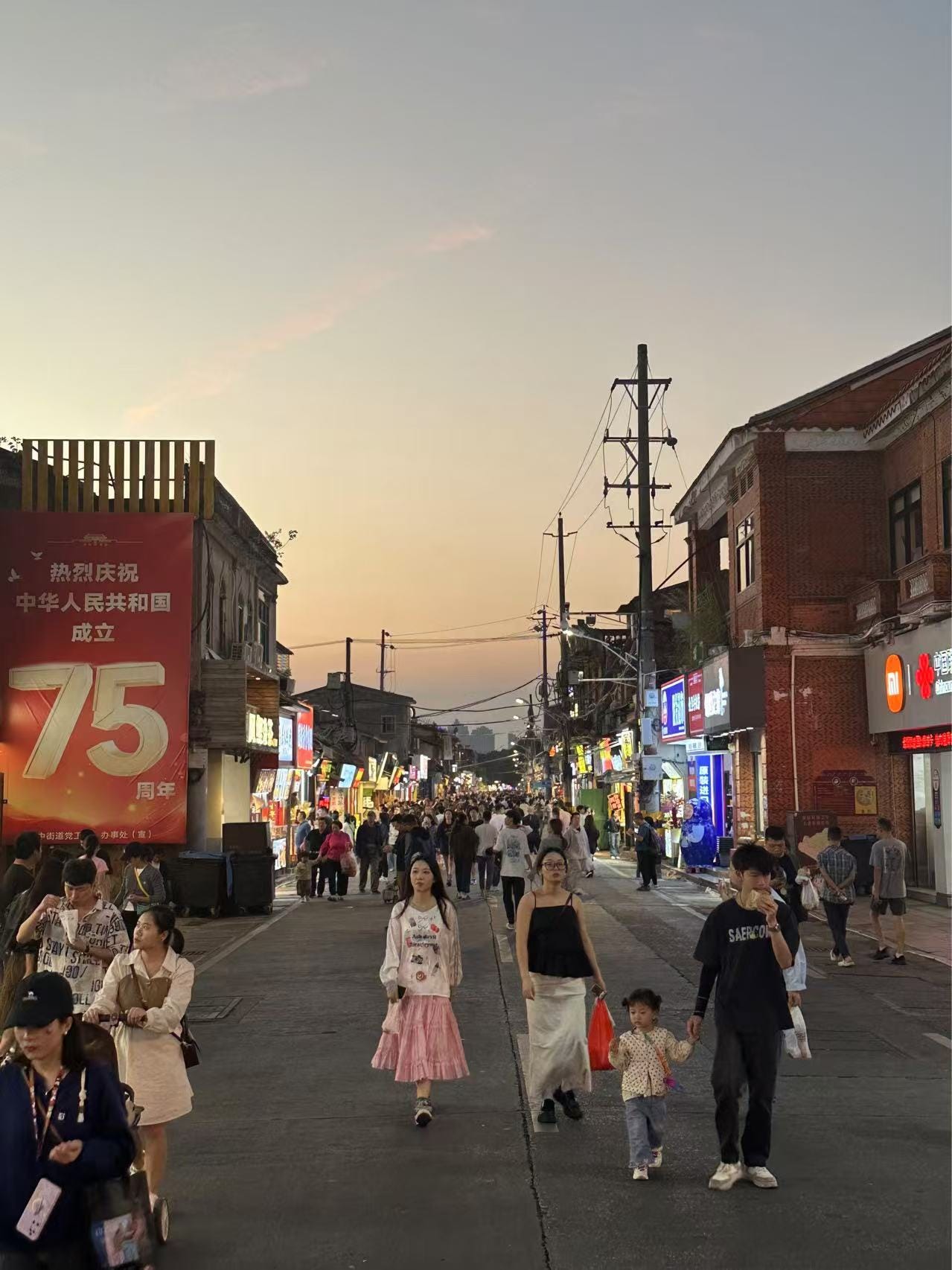
I love this first photo. It's such a beautiful moment of daily life. Also China sounds amazing, such a rich varied culture from one place to another.
Great pictures, Paul. I especially loved the first one.